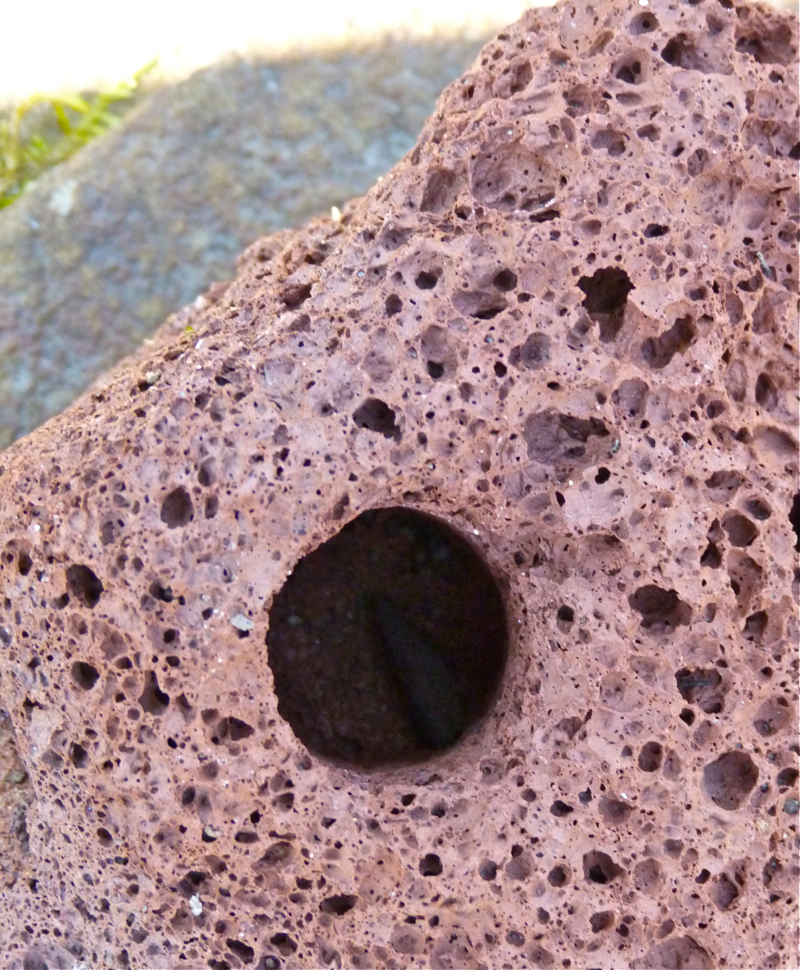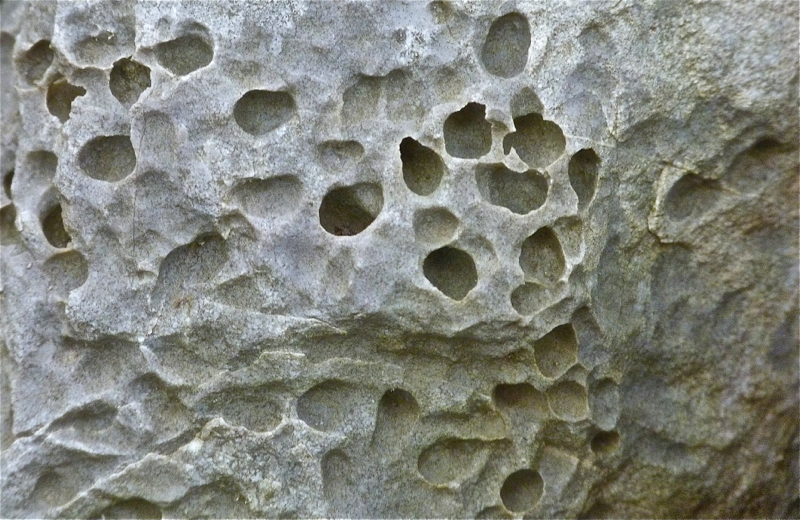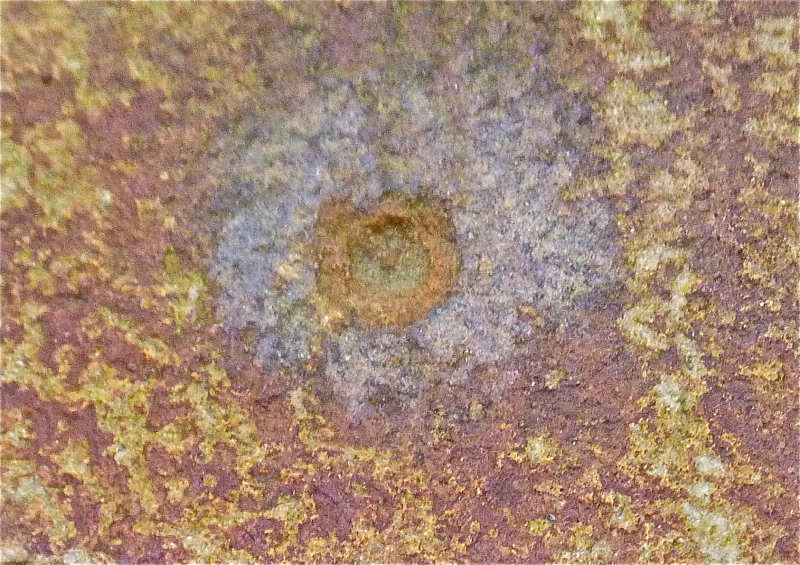January on My Mind
 Tuesday, January 17, 2012 at 7:45PM
Tuesday, January 17, 2012 at 7:45PM I'm partied out and broke. January is dreary with drab, damp days and monochromatic scenery. Spindly tree limbs form tangled masses on the horizon. Sunsets are fierce with battered skies. Only an occasional day opens blue, with sharp edges. I want to garden, but cold winds blow away the joy. A good book, a warm drink, and a comfy seat near the fireplace have greater pull, and I have no desire to venture outdoors.
I want to garden, but cold winds blow away the joy. A good book, a warm drink, and a comfy seat near the fireplace have greater pull, and I have no desire to venture outdoors.
But after a while I must.
Only to find tragedy. Outside the kitchen door are mockingbird feathers, scattered across the patio. I look around for the familiar mockingbird who guarded this territory, who established a nest in the weeping yaupon tree next to the patio last year. I don't see him. Mercifully, the body is gone. Was it a neighbor's cat, or possibly the Red-shouldered hawk? I would feel better if it were the hawk.A hawk searches for a meal.
This weeping yaupon holly grows outside our kitchen. Mockingbirds love the berries.Still saddened I look around for something to brighten my spirits. I don't have to look far. Below the weeping yaupon tree, the hellebores are beginning to bloom. There are several varieties growing here, and they have intermingled and self-seeded to produce nameless, illegitimate offspring. I don't care. I think they are lovely.
As I walk in the garden I find other spots of color. The winter daphne is budding and has opened one tiny flower. I grow this beautiful, sweet smelling plant in a pot to ensure good drainage. Clay soil and long rainy days would spell death to it otherwise. An ornamental cabbage, above left, also catches my interest, as does the remains of a bright seedpod on a gardenia bush. There are quite a few of these orange and yellow pods on the gardenia bush in the woodlands.
And then I find this odd rock:

I love rocks! I love the permanence of them; I love their varied textures and patterns and colors. Here are some more rocks in my garden, each with holes and a story to tell, if I knew it.
First, a white one:
A yellow one:
And an orange one:
Now I'm on a roll, taking picture after picture of rocks, and I'm enjoying myself.
At last I turn back toward the house, again to see mockingbird feathers near the kitchen door. The fleeting life of a mockingbird; the solid rocks that will be here long years from now. But the holes remind me that even rocks are not eternal, for eventually they too are turned to dust. I sigh. January is getting to me. It's time to go inside and fix myself a cup of cappuccino with my new cappuccino machine!
 Permalink
Permalink 